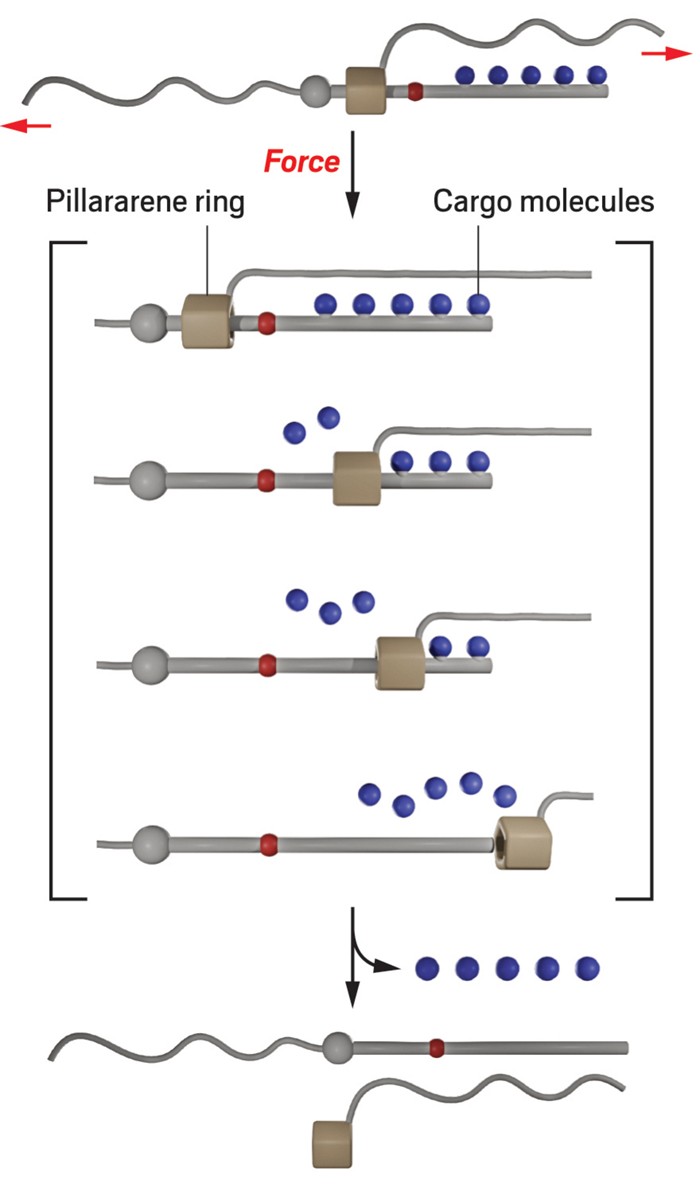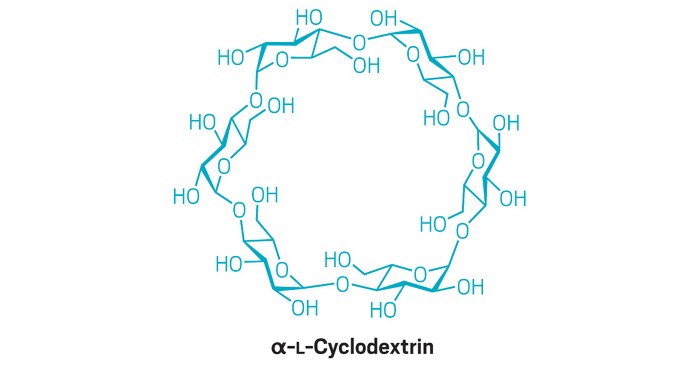Advertisement
Grab your lab coat. Let's get started
Welcome!
Welcome!
Create an account below to get 6 C&EN articles per month, receive newsletters and more - all free.
It seems this is your first time logging in online. Please enter the following information to continue.
As an ACS member you automatically get access to this site. All we need is few more details to create your reading experience.
Not you? Sign in with a different account.
Not you? Sign in with a different account.
ERROR 1
ERROR 1
ERROR 2
ERROR 2
ERROR 2
ERROR 2
ERROR 2
Password and Confirm password must match.
If you have an ACS member number, please enter it here so we can link this account to your membership. (optional)
ERROR 2
ACS values your privacy. By submitting your information, you are gaining access to C&EN and subscribing to our weekly newsletter. We use the information you provide to make your reading experience better, and we will never sell your data to third party members.
Synthesis
Mercury Fulminate Revealed
Researchers finally determine X-ray structure of infamous explosive
by Elizabeth K. Wilson
August 29, 2007

Mercury fulminate, the super-sensitive explosive with a nefarious 300-year history, has been so difficult to handle in the lab that only now have scientists finally determined its crystal structure.
Wolfgang Beck and Thomas M. Klap??tke, professors at Ludwig Maximilians University in Munich, Germany, and their colleagues report that, as expected, the molecule Hg(CNO)2 is nearly linear, with the nitrogens carrying a positive charge and the oxygens a negative charge. The mercury atom is bound to two carbon atoms, with the bonding arrangement O–N![]() C– Hg–C
C– Hg–C![]() N–O (Z. Anorg. Allg. Chem. 2007, 633, 1417). This connectivity and linear structure was predicted by a number of groups, including Beck's and Klap??tke's. Other groups, however, had predicted that the O atoms were bound to Hg.
N–O (Z. Anorg. Allg. Chem. 2007, 633, 1417). This connectivity and linear structure was predicted by a number of groups, including Beck's and Klap??tke's. Other groups, however, had predicted that the O atoms were bound to Hg.
Mercury fulminate is sensitive to friction, heat, and shock, and it decomposes violently into mercury, carbon monoxide, and nitrogen. The word fulminate derives from a Latin term meaning to strike with lightning. Since the 17th century, alchemists had noticed the explosive properties of mixtures of "spiritus vini" (ethanol) with mercury in "aqua fortis" (nitric acid). The compound was used for years as an explosive, and by Alfred Nobel in blasting caps for detonating dynamite. Perhaps that explains why attempts to obtain X-ray crystal structures of the compound, which began in the 1930s, were few and far between.
The German group, which specializes in the study of explosives, managed to keep the substance tame enough to perform X-ray diffraction studies. Working in the dark to avoid setting off an explosion, they synthesized large quantities of the unstable compound, a process Klap??tke says was "quite tricky."
In its report, the group's preparation instructions carry a whiff of old-time chemistry books: "It is important to add the first half of ethanol before the red-brown gases have disappeared," they write. They also caution chemists to store the reaction product "under water and with exclusion of light."
Michael D. Fryzuk, chemistry professor at the University of British Columbia, Vancouver, for one, is impressed. "Growing crystals of even the simplest of compounds is fortuitous at best," he says.??"Imagine trying to grow crystals of a thermodynamically unstable detonator component, which will explode upon exposure to heat, light, or friction. This report is remarkable for the technical accomplishment."??????




Join the conversation
Contact the reporter
Submit a Letter to the Editor for publication
Engage with us on Twitter